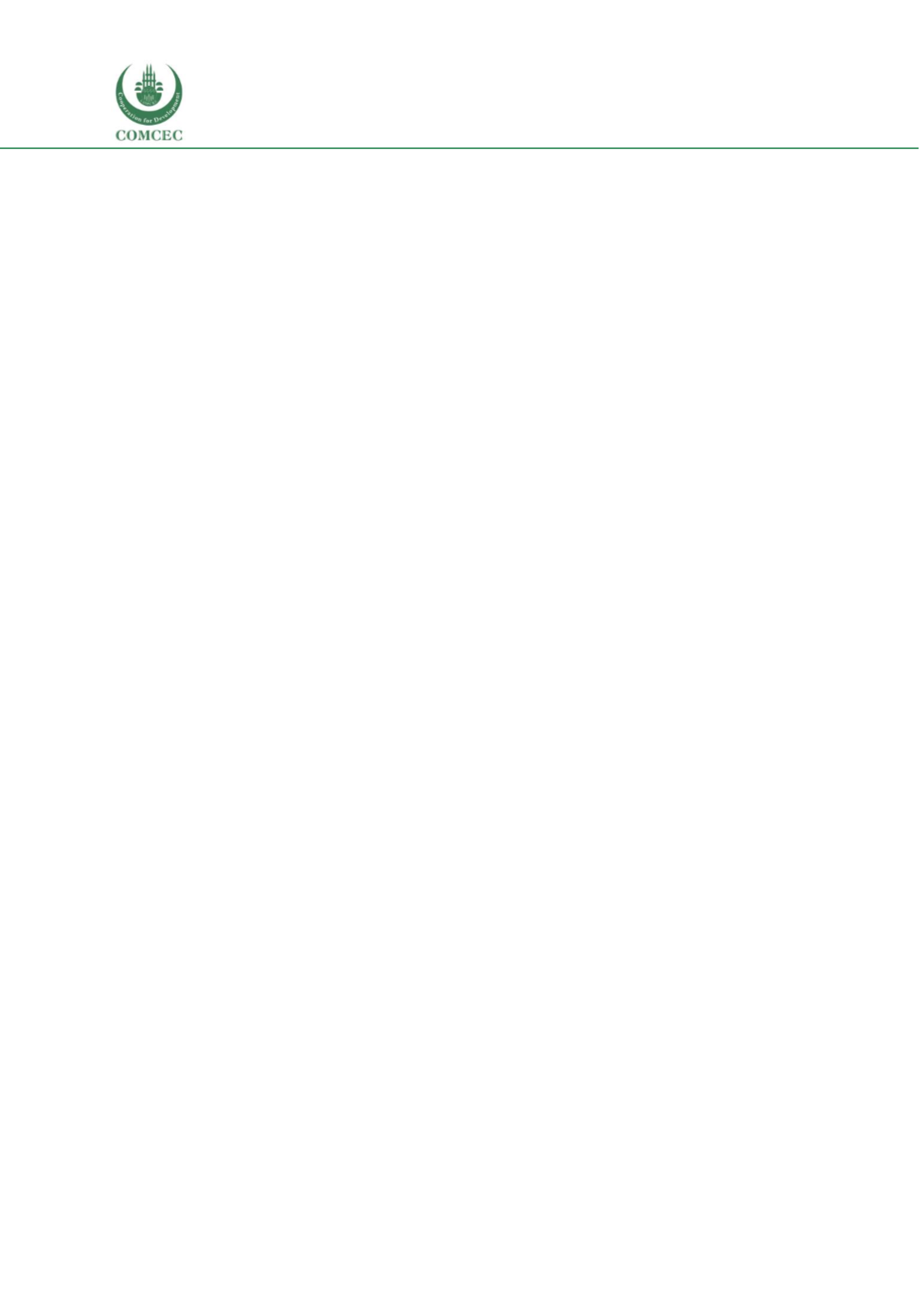

Education of Disadvantaged Children in OIC:
The Key to Escape from Poverty
218
HOI increases when coverage is increased or inequality is decreased. HOI takes a value of 100
when 100 percent of the children are covered and there is no dissimilarity/inequality and hence
D=0. And it takes a value of 0 when there is no coverage or when there is absolute inequality and
hence D=1.
Hence taking two countries with same coverage rate, HOI will be lower in the
one where there is higher inequality.
In order to measure how each circumstance contributes to inequality a decomposition method
was proposed called Shapley decomposition. This method measures the marginal impact of each
component on the D index when it is added as a circumstance. The contributions of each
circumstance then add up to 100 percent.
When an additional circumstance is added and D index is calculated, the circumstances that were
already included in affects the result, hence when the marginal contribution of each
circumstance is being measured this circumstance is added as a new component to all different
combinations of circumstances and the contribution to inequality is calculated by taking the
average of these values.
















